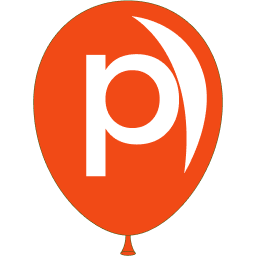What is Lead Velocity? Why It Matters in Marketing
Lead Velocity is a marketing technology metric that measures how fast leads travel from initial capture—like an email signup—to conversion, such as a sale or subscription, spotlighting the efficiency of your funnel. It’s the pulse of your pipeline: slow velocity means clogs—leads stalling mid-journey—while fast velocity signals a sleek, effective process. By tracking this speed, you can pinpoint bottlenecks, tweak tactics like pop-ups or emails, and accelerate revenue, making it a critical gauge for growth-minded marketers.
What is Lead Velocity?
It’s the time or rate metric—days, hours—between funnel stages: awareness to lead, lead to opportunity, opportunity to close. A lead signing up today and buying in 5 days has higher velocity than one taking 15. Tools like Poper track this via analytics—how long from pop-up opt-in to purchase?—giving a clear read on flow. It’s not just volume; it’s momentum, showing how well you’re moving the needle.
Why It’s a Key Indicator
Speed kills—or wins. Faster velocity can boost revenue 20-30% by shrinking sales cycles, beating competitors to the punch. In martech, it’s a health check: slow leads often mean poor nurturing or UX hiccups, wasting 70% of potential. A tight funnel—say, 7 days vs. 14—doubles throughput without more traffic. It’s about agility; Lead Velocity tells you if you’re racing or crawling.
How to Measure and Improve It
Break your funnel into stages—capture, nurture, close—and clock each: how long from pop-up to email open? Use CRM or dashboards to average times, then spot lags—mid-funnel taking 10 days? Investigate: too many emails? Weak CTAs? Speed it up—cut steps, trigger a “Buy Now” pop-up sooner—and re-measure. Test tweaks—A/B emails, faster follow-ups—and aim for a benchmark (e.g., 10% faster monthly).
Real-Life Impact
SaaS: trial-to-subscriber drops from 14 to 7 days with a “Day 3” nudge, lifting closes 25%. Retail: cart-to-checkout shrinks from 3 days to 1 with a “Free Shipping” pop-up, upping sales 20%. Content: signup-to-paid cuts from 30 to 15 days with a tighter sequence, doubling subs. It fits all—tech, e-commerce, media—because speed’s universal. Lead Velocity turns dawdlers into doers.
Pros and Pitfalls
It’s actionable, revenue-focused, and spots leaks fast. But rushing burns leads—quality matters—and data gaps skew it. Best practices: balance haste with care, track consistently, and pair with conversion rates. When sharp, Lead Velocity is your funnel’s turbo boost.
Read More
Lead Engagement Optimization
Enhancing interactions with leads through tailored content or prompts to improve conversion rates.
Lead Funnel Management
Overseeing and optimizing the stages leads pass through, from awareness to conversion, for efficiency.
Click Conversion Rate
Click Conversion Rate is the percentage of users who complete a desired action, like a purchase or sign-up, after clicking a link or button.
Lead Funnel Conversion Optimization
Lead Funnel Analytics is the tracking and analysis of a lead’s journey through stages, like awareness to conversion, to optimize the lead generation process.
Lead-to-Conversion Pathways
Lead-to-Conversion Pathways are the defined routes or steps a lead takes from initial interest to final conversion, such as a purchase or sign-up.
Visitor-to-Lead Conversion Optimization
Visitor-to-Lead Conversion Optimization is the process of refining website elements and strategies to increase the percentage of visitors who become leads.
